$64.00 – $72.00
by Yue Hanzhen (Author), Michael Brown (Translator), Allen Tsaur (Editor) Henry McCann (Foreword)
Delivery may take up to 3 weeks depending upon your location. We do ship globally with some exceptions.
Explanations of Channels and Points (Volume 2) is a Qing dynasty acupuncture commentary by Yue Hanzhen (1602-1693 CE). Despite having never been published, this work has survived owing to its historical significance. It was the first to integrate point locations and classical channel pathways, thereby setting a precedent of assigning a numbering scheme to channel points. The second volume includes explanations of the points and channels of the kidney, pericardium, sānjiāo, gallbladder and liver, dū and rèn channels, as well as discussions of the remaining six extraordinary channels pathways and diseases.
Explanations of Channels and Points Vol.2 – Table of Content
Explanations of Channels and Points Vol.2 – Sample
You can find Volume 1 here:
Explanations of Channels and Points Vol.1
$64.00 – $72.00
Description
Writing in the Latter years of the Ming Dynasty and the first few decades of the Qing Dynasty, Yue Hanzhen wrote a detailed analysis of the channels and their acupuncture points. Explanations of Channels and Points (Jing Xue Jie) drew heavily from previous historical works, notably the Classic of the Bright Hall (Ming Tang Jing) which was originally a third famous acupuncture text alongside the Simple Questions (Su Wen) and the Spiritual Pivot (Ling Shu). Although lost in its original form the Classic of the Bright Hall has been cited many times, from the passages quoted in the Systematic Classic of Acupuncture & Moxibustion (Zhen Jiu Jia Yi Jing) in around 282 AD, to Volumes 6 and 7 of the Great Compendium of Acupuncture -Moxibustion (Zhen Jiu Da Cheng) in 1601. Throughout the text, Yue frequently cites Su Wen, Ling Shu, Zhen Jiu Da Cheng and Tong Ren [Shu Xue Zhen Jiu Tu Jing] ([Illustrated Classic of the Acupuncture Points on the] Bronze Man) as well as many other sources.
However, Yue Hanzhen has added something which was fairly unique at the time – detailed explanations of the rationale for why certain points treated certain indications. The literature abounds with point indications in prose, as well as many famous odes and songs, but rarely is any explanation offered. For example, the use of KI 1 to treat dry tongue and swollen pharynx is explained thus: Explanation: dry tongue and swollen pharynx is fire qì ascending, it is appropriate to drain this point.
There are a few minor textual inconsistencies, such as different distances given for the Kidney channel from the midline for some points, and some citations of needle retention times not matching the original text quoted, however these are helpfully highlighted in the translator’s footnotes. Incidentally, the retention times which are mentioned are very short – between 3 and 10 respirations, which is similar to what is found in the Systematic Classic of Acupuncture & Moxibustion.
In this second volume of this very important work, Michael Brown and Allen Tsaur have brought us another piece of the puzzle to understanding channels and points. The importance of point indications has, in some quarters, been undervalued in recent years. The creation of systematised “point functions” in the 1950s has led some to believe that point functions alone, without a thorough study of point indications, is a sufficient basis for point selection. However, the bulk of the last two millenia of our historical acupuncture literature is all about indications. Very few other branches of medicine in the world today have anything approaching this treasure trove of collected clinical expertise, each author drawing from a detailed study of previous works, then adding their own commentary and insights based on their own personal clinical experiences. This is how traditional medicines continue to grow and thrive without losing connection to their roots.
John McDonald, PhD (Author of Acupuncture Point Dynamics)
The Jīngxué Jiě is an inspiration for those seeking to cultivate a clinical practice rooted in the syncretic philosophy and natural science of the Nèijīng, wherein the body is taken as the basic unit of orderly space and physiology a construct of water flowing over a landscape. Yuè Hánzhēn pulls extensively from the Sùwèn and Língshū, particularly the unified vessel theory of Língshū Chapter 10, and integrates commentary on this chapter by Mǎ Shì from the Huángdì Nèijīng Língshū Zhùzhèng Fāwèi with the phase dynamics of Nánjīng 49 and 50 to narrate a journey through the human interior comparable to that of Yu the Great traversing the mountains and waterways to tame the floods and order the legendary Chinese state of Xia.
Explanations of Channels and Points is especially useful in that it equips a numbered point system familiar in contemporary practice. More importantly Yuè Hánzhēn demystifies point names and explains their functions in terms of the interplay between physiological structure and flow at that location as well as their sequential arrangement and coordinated action as part of the larger totality. I further appreciate included details on the complimentary use of herbal and needle therapies as well as his tactful commentary on vessel theory and pathomechanics interfused throughout the text.
Next to the Língshū I regard Michael Brown’s annotated translation of the Jīngxué Jiě among my most valued resources on needle therapy. No other clinical reference in the English language models the thought and clinical strategy of the Nèijīng as does the work of the distinguished military general, physician, and ardent student of Qí Bó and the Yellow Emperor, Yuè Hánzhēn.
Justin Penoyer, L.Ac. (Doctor of Acupuncture and Chinese Medicine)
Additional information
| Type of Book | Hardback, Paperback |
|---|
You must be logged in to post a review.

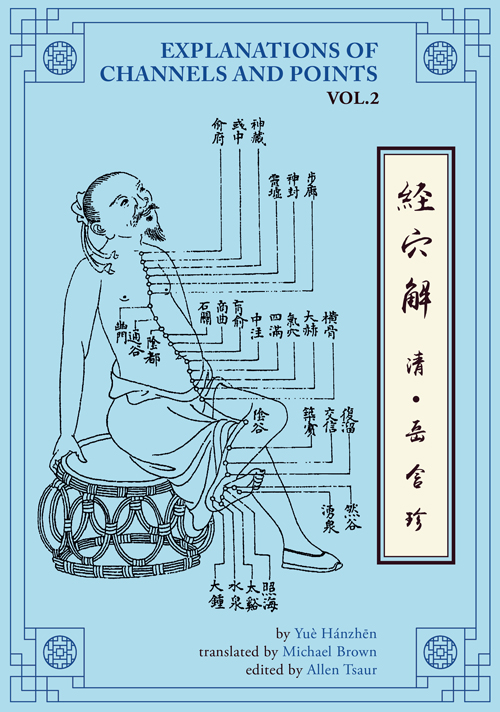
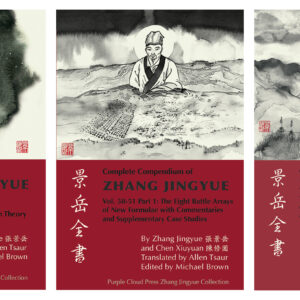
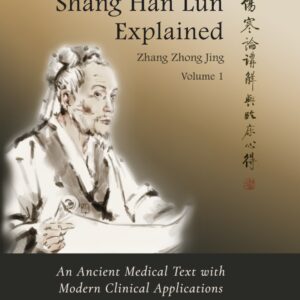
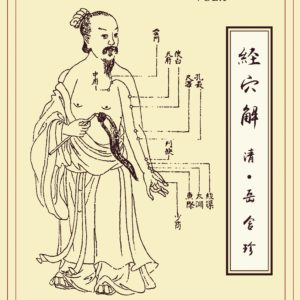
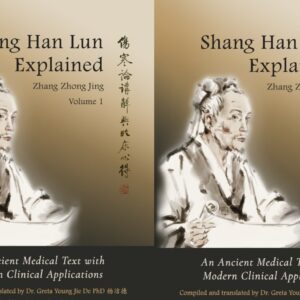
Reviews
There are no reviews yet.